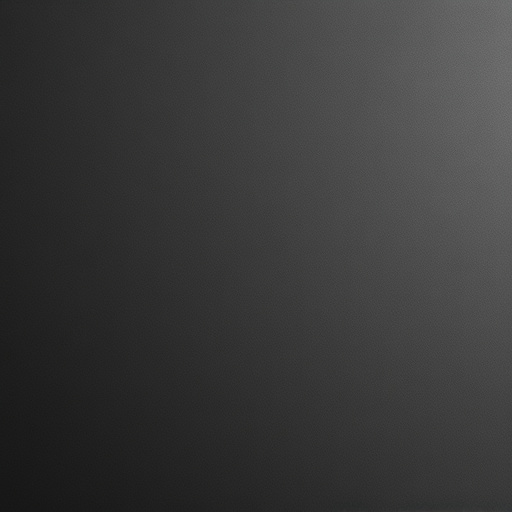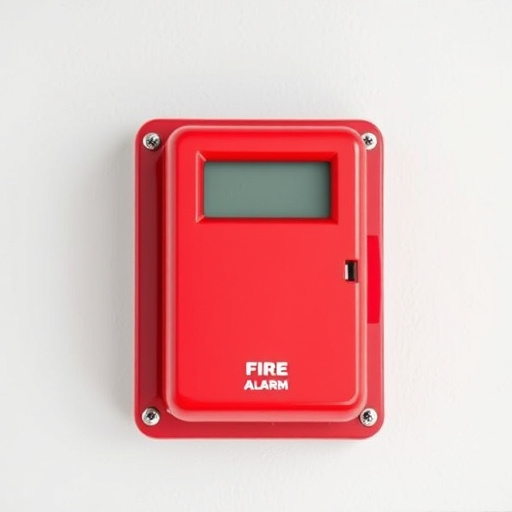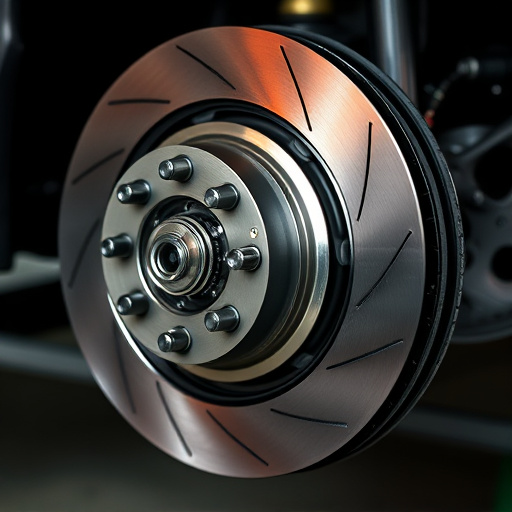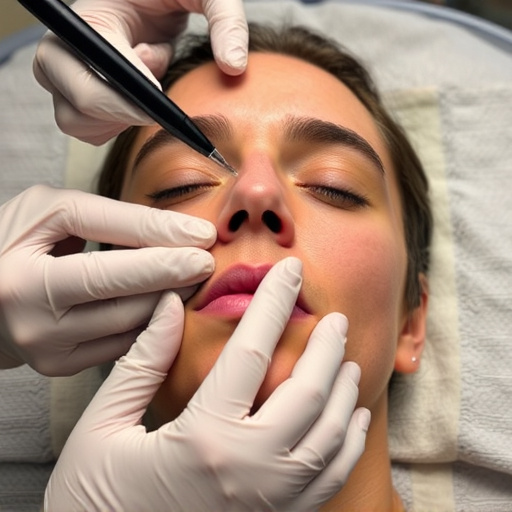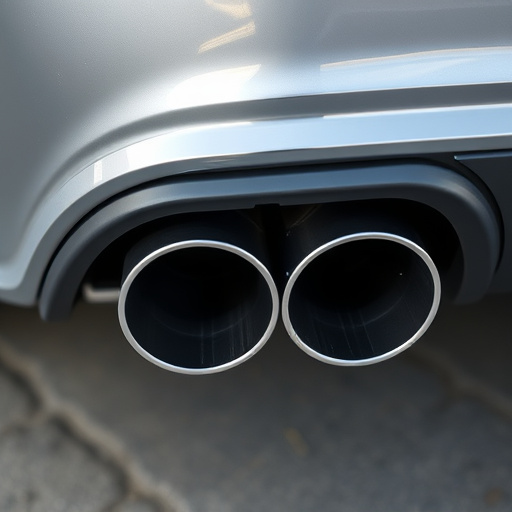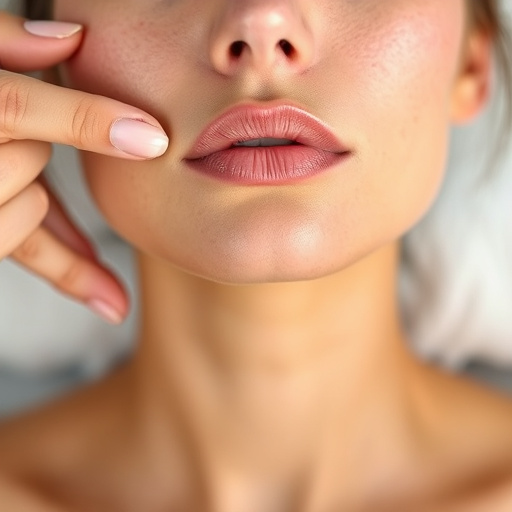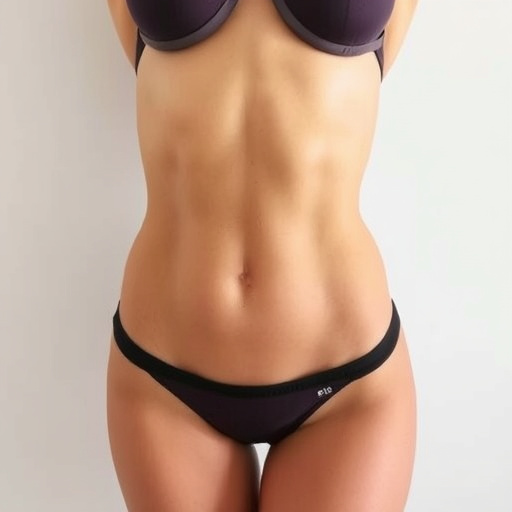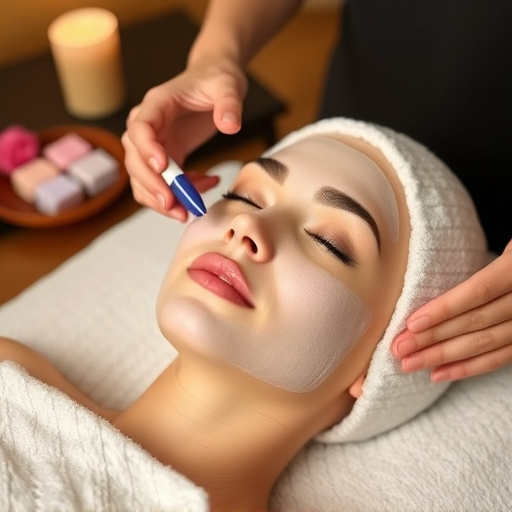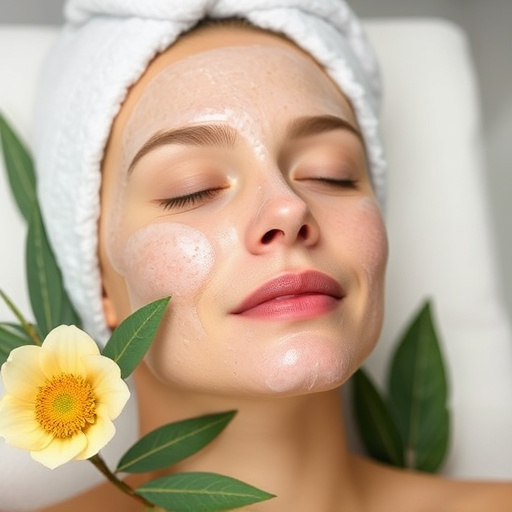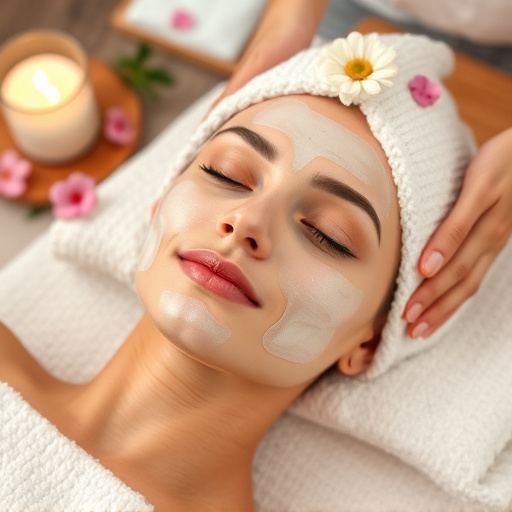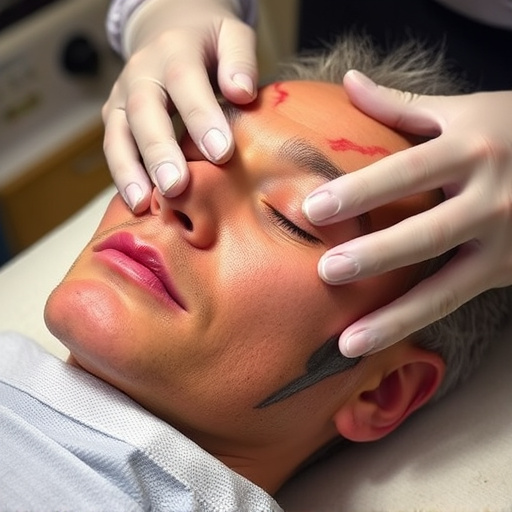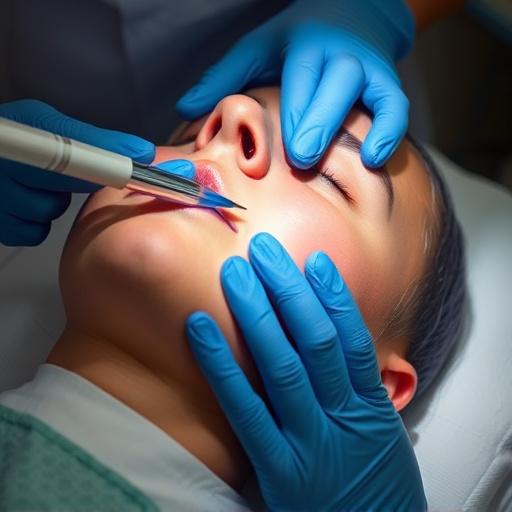Waxing and threading are popular methods for eyebrow hair removal, each with unique advantages. Waxing provides smoother results lasting 2-4 weeks but is potentially painful and requires regular maintenance. Threading offers quicker, less painful treatment ideal for fine brows but doesn't last as long. Choosing between them depends on skin type, desired outcome, and budget. Sensitive skin may favor threading, while oily or mature skin could benefit from waxing's longer-lasting results.
Waxing and threading are two popular methods for eyebrow hair removal, each with its unique benefits and drawbacks. This comprehensive guide delves into the world of precise grooming, helping you navigate the choices that best suit your needs. We explore the pros and cons of waxing and threading, ideal skin types, pain levels, and cost comparisons to ensure an informed decision for effective eyebrow hair removal.
Waxing for Eyebrow Hair Removal

Waxing has long been a popular method for eyebrow hair removal, offering a smooth and shaped look that can last for several weeks. This process involves applying warm wax to the skin, which adheres to the hairs and removes them from the root. It’s an effective way to achieve well-defined eyebrows, as it allows for precise control over the shape and can easily remove stray hairs.
Many people prefer waxing for its ability to provide a longer-lasting result compared to threading. Additionally, it’s considered a relatively gentle method for eyebrow hair removal, especially when compared to some other procedures like laser treatments. Regular waxing can also contribute to improved skin health and is often seen as an essential part of various facial treatments and body contouring routines.
– Benefits and Drawbacks

Waxing and threading are both popular methods for eyebrow hair removal, each with its unique advantages and disadvantages. Eyebrow hair removal is a sought-after facial treatment, and understanding these differences can help individuals choose the best option for their needs.
Waxing involves applying warm wax to the skin, which hardens and traps hairs upon cooling. This method offers long-lasting results, typically lasting 2-4 weeks. It’s an effective way to achieve smooth, defined eyebrows. However, it can be painful, especially for those with sensitive skin. Waxing also requires regular maintenance and may cause temporary redness or irritation. On the other hand, threading is a more precise technique where a thin thread is used to pluck individual hairs. It’s a quick procedure, ideal for those seeking a touch-up between waxings. Threading is generally less painful than waxing but might not provide the same level of longevity. This method is especially beneficial for those with fine or sparse eyebrow hair. When considering medical spa services, it’s crucial to evaluate your skin type, desired results, and budget before deciding between these two popular facial treatments.
– Suitable Skin Types and Considerations
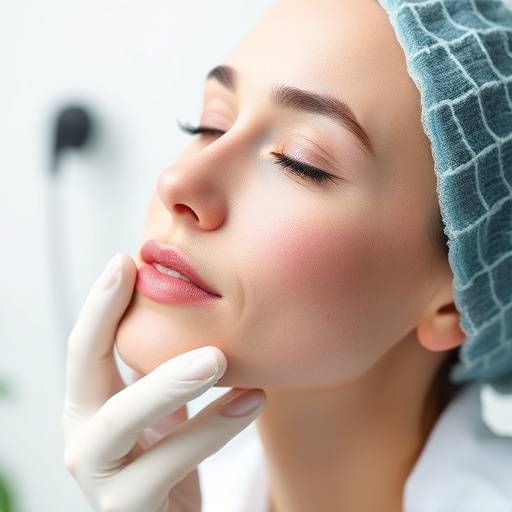
When considering eyebrow hair removal methods like waxing or threading, skin type plays a significant role. Both techniques have their merits, but they may not suit all complexions equally. For instance, individuals with sensitive skin might find waxing uncomfortable due to its temporary nature and the possibility of skin irritation. In contrast, threading can be gentler on sensitive areas as it involves removing hair at the root without direct contact with the skin.
Those with oily or acne-prone skin may benefit from regular threading, as it helps shape and define eyebrows while minimizing the appearance of pores and oil buildup around the area. Conversely, those with dry or mature skin might prefer waxing, which can provide longer-lasting results and potentially stimulate collagen production, leading to improved skin texture and even out wrinkle reduction. Hydrating facials and chemical peels can also complement these methods for a comprehensive skincare routine.
When deciding on methods for eyebrow hair removal, both waxing and threading offer unique advantages. Waxing is ideal for those seeking a longer-lasting solution with visible results, while threading is more suitable for finer hairs and provides a precise shape. Choosing the right technique depends on personal preferences and skin type. Consider your desired outcome and consult professionals to determine which method best suits your needs for effective and long-lasting eyebrow hair removal.

